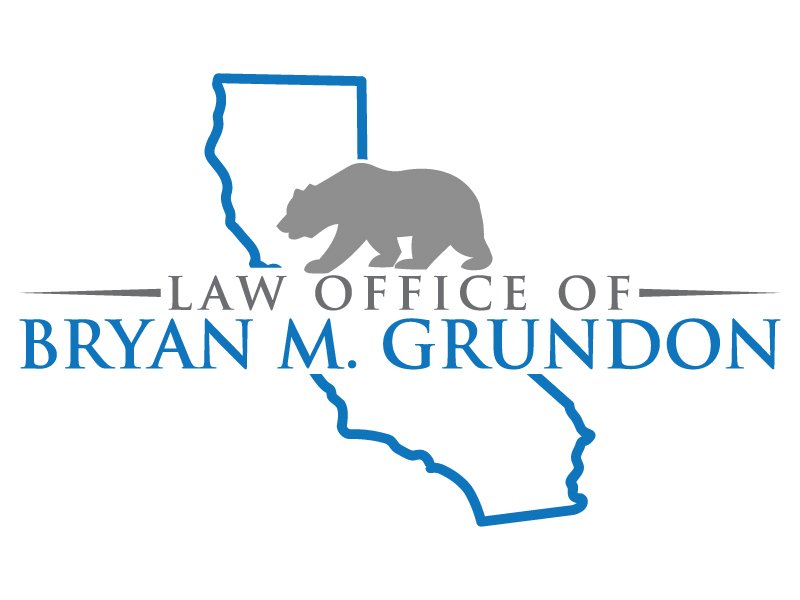Collecting Judgments Using Social Media
By Antonia Gordon
More and more, it seems we are living in the age of over-sharing. With a click of your mouse, you can go on Facebook and see what your high school classmate ate for breakfast this morning. It has become increasingly common for people to post every detail of their lives on social media for all to see. This includes the most personal and private of information.
Many debtors have made the job of collecting a judgment so much easier, just by posting on their social media accounts. A lot of people are either unaware or simply don’t care how much of their lives they share with the world. They post about where they go, who they spend their time with, and, most importantly for us, where they work. Sites like LinkedIn, in particular, have made a person’s employment information readily available to the public – this is the basis on which they are built! This makes a collector’s job a lot easier, as wage garnishments are one of the best and most reliable means of collecting money from a debtor (see The Nuts and Bolts of Wage Garnishment ) By openly sharing their place of employment with anyone who happens to look at their page, they speed up the collection process.
Debtors’ social media pages can offer a lot more information than you would think. I’ve seen one debtor who tagged his location on Facebook as the address of the apartment complex where he lives. This certainly made serving him to appear in court much easier – after all, he confirmed his home address for us! Serving a debtor is also made easier when they post an abundance of selfies on their Facebook pages. When our process servers have a photograph of a debtor, they do not need to worry about possibly serving the wrong person.
Now more than ever our debtors have proven to be helpful in the process of collecting against them – often without them even being aware of it!





